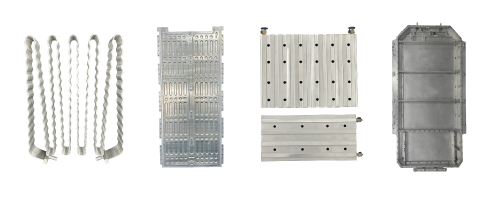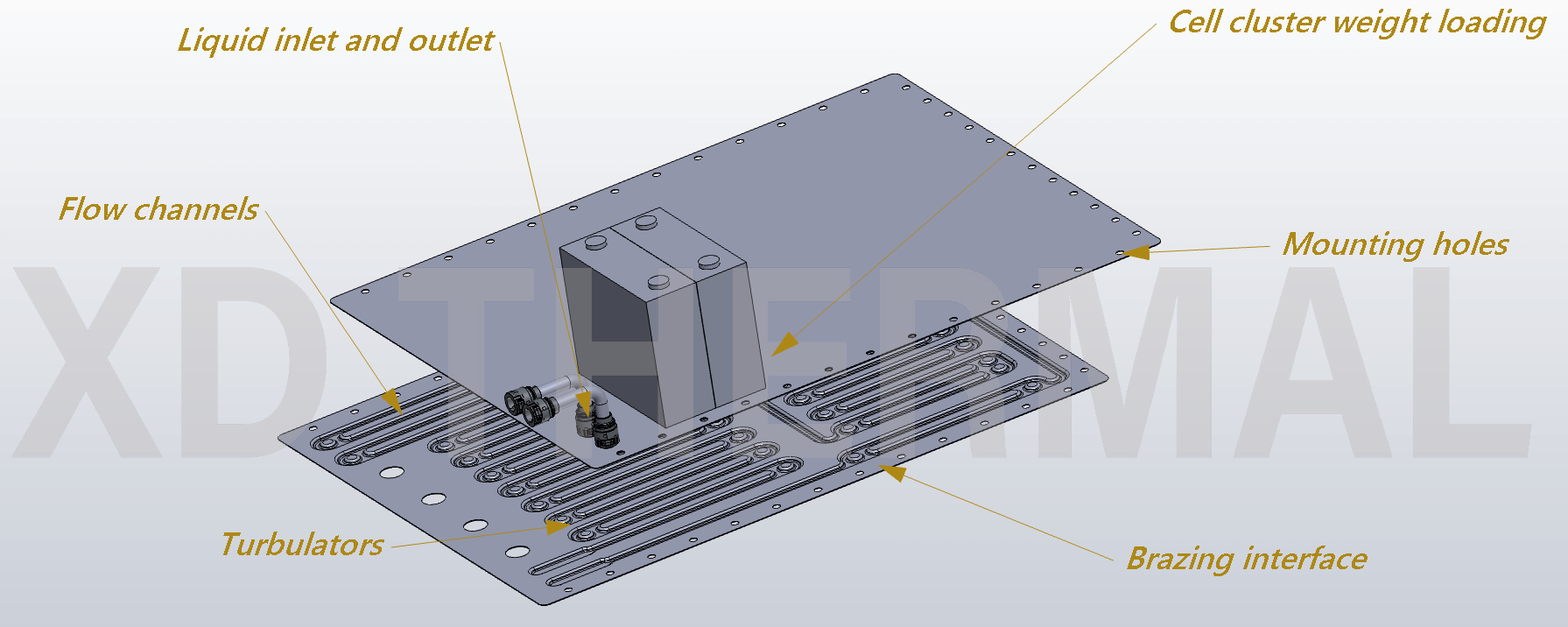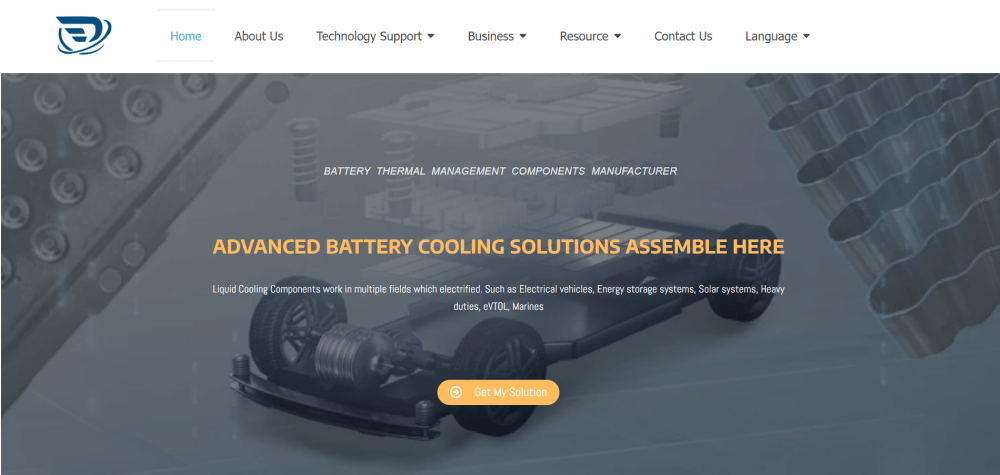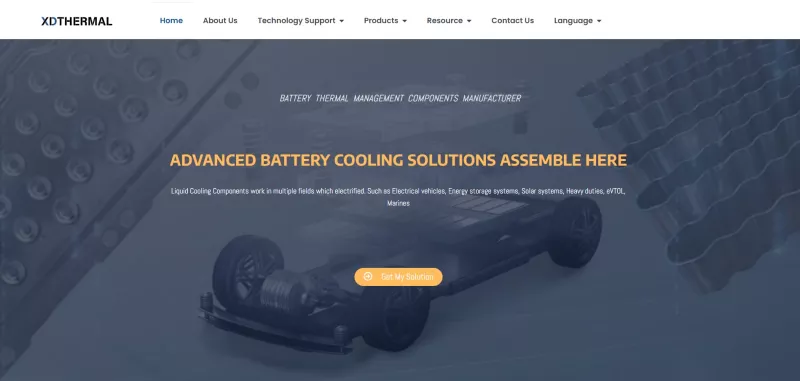India’s Heat Crisis: Battery Thermal Management Essential
India’s Heat Crisis: Battery Thermal Management Essential India faces unprecedented extreme weather conditions this year, impacting various sectors, including energy storage systems (ESS) and electric vehicles (EVs). This article explores the urgent need for efficient battery thermal management solutions, specifically liquid cooling systems, to address these challenges. Table of Contents The Heat Crisis in India India is renowned for its intense summers, which often bring extreme weather conditions that significantly impact various sectors, including energy storage systems (ESS) and electric vehicles (EVs). The high ambient temperatures pose a critical challenge to maintaining efficient battery thermal management. This year, temperatures have been particularly severe, regularly surpassing 45°C (113°F) in many regions. The extreme heat affects more than just health; it disrupts daily life and infrastructure. Roads can buckle under the intense heat, and railway tracks expand, causing delays and potential accidents. Power grids face increased demand as people rely more on air conditioning and cooling systems, leading to frequent outages and load shedding. Impact of High Temperatures on Public Transportation and ESS The high temperatures also present a significant challenge to energy storage systems and electric vehicles, both of which are crucial for India’s push towards sustainable energy solutions. ESS and EVs rely heavily on batteries, which are highly sensitive to temperature fluctuations. High ambient temperatures can accelerate the degradation of battery cells, reduce their efficiency, and shorten their lifespan. The risk of thermal runaway—a condition where increased temperatures lead to uncontrollable heat generation—is heightened in such extreme conditions. Understanding Battery Thermal Management Given these conditions, the focus on liquid cooling and battery thermal management systems has intensified. These systems provide efficient solutions to maintain optimal battery temperatures in harsh thermal environments. By utilizing a combination of direct liquid cooling and cold plate heat sinks, these systems ensure effective thermal regulation,…







